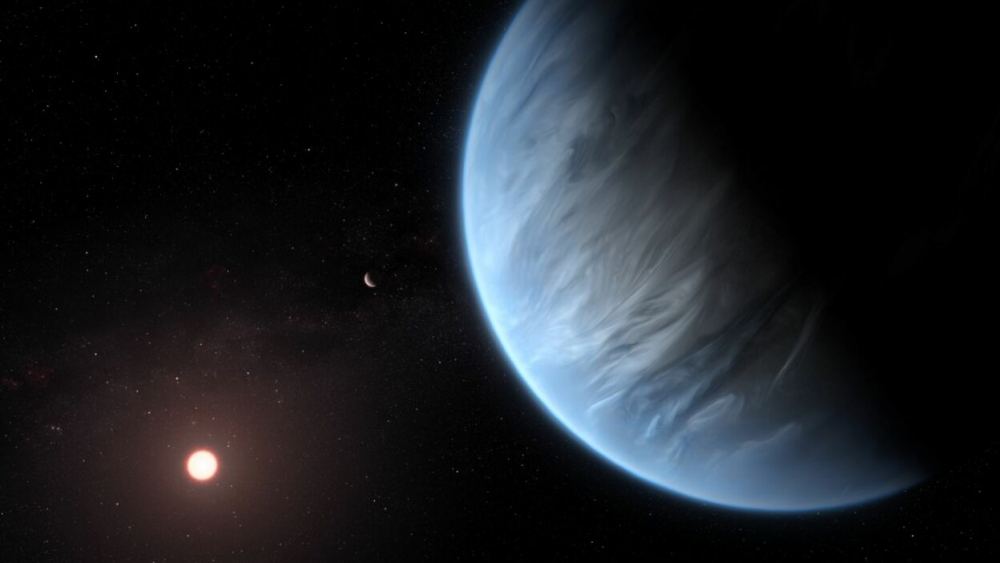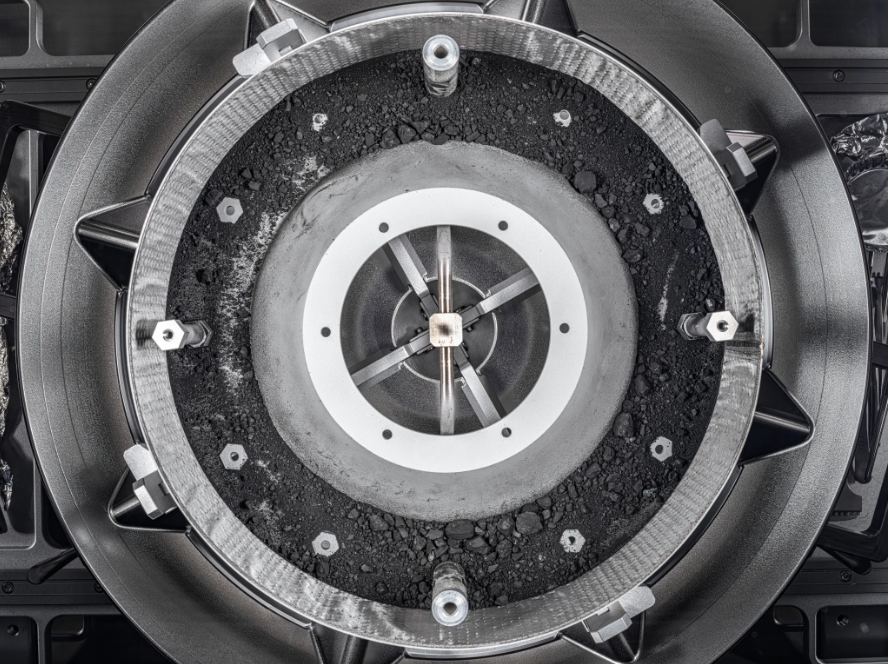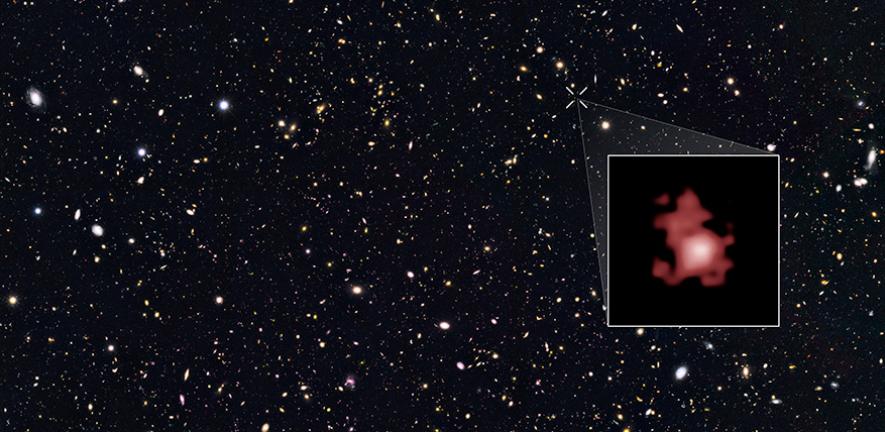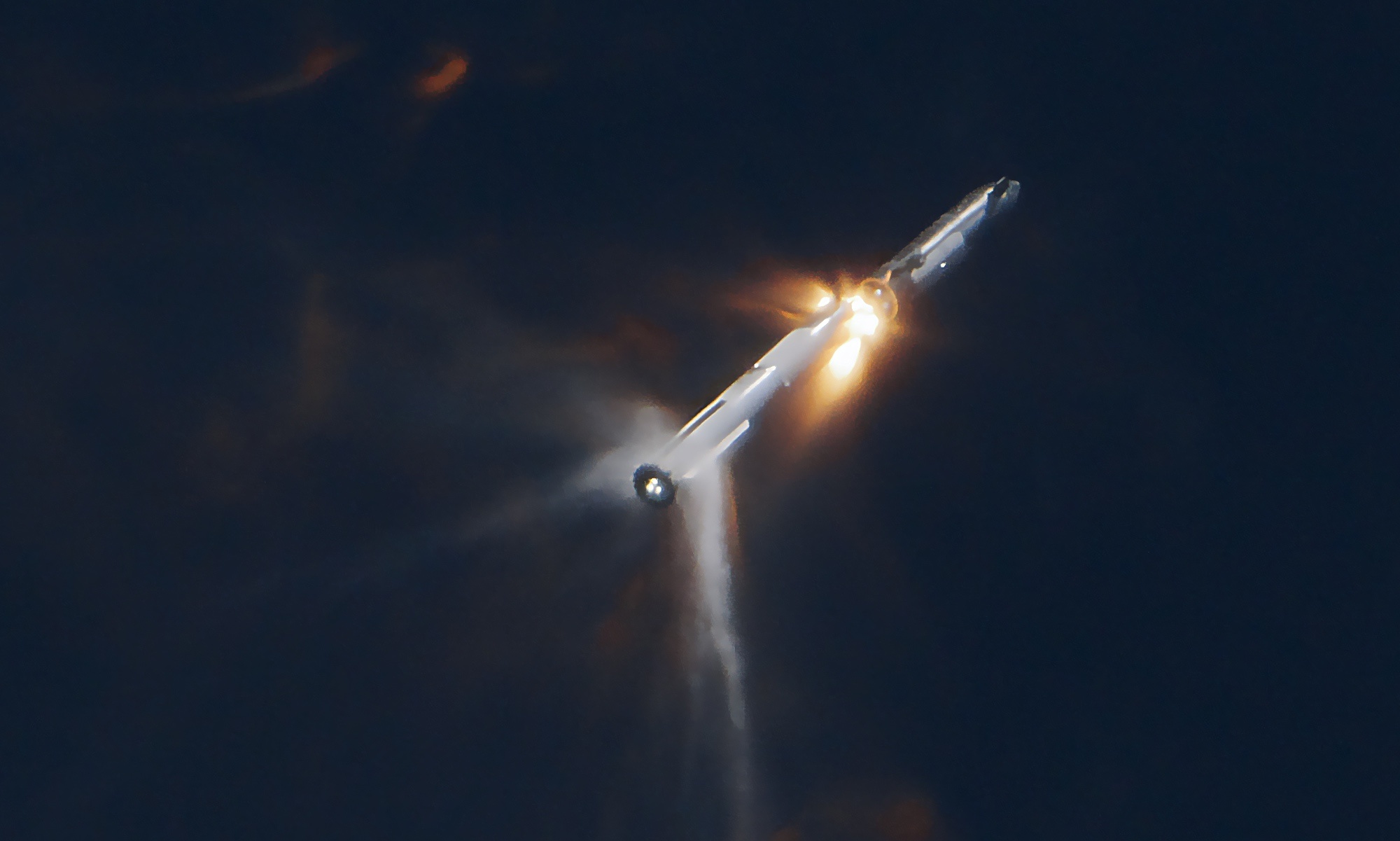Proxima Centauri B is the closest exoplanet to Earth. It is an Earth-mass world right in the habitable zone of a red dwarf star just 4 light-years from Earth. It receives about 65% of the energy Earth gets from the Sun, and depending on its evolutionary history could have oceans of water and an atmosphere rich with oxygen. Our closest neighbor could harbor life, or it could be a dry rock, but is an excellent target in the search for alien life. There’s just one catch. Our usual methods for detecting biosignatures won’t work with Proxima Centauri B.
Continue reading “What Could the Extremely Large Telescope See at Proxima Centauri's Planet?”What Could the Extremely Large Telescope See at Proxima Centauri's Planet?










